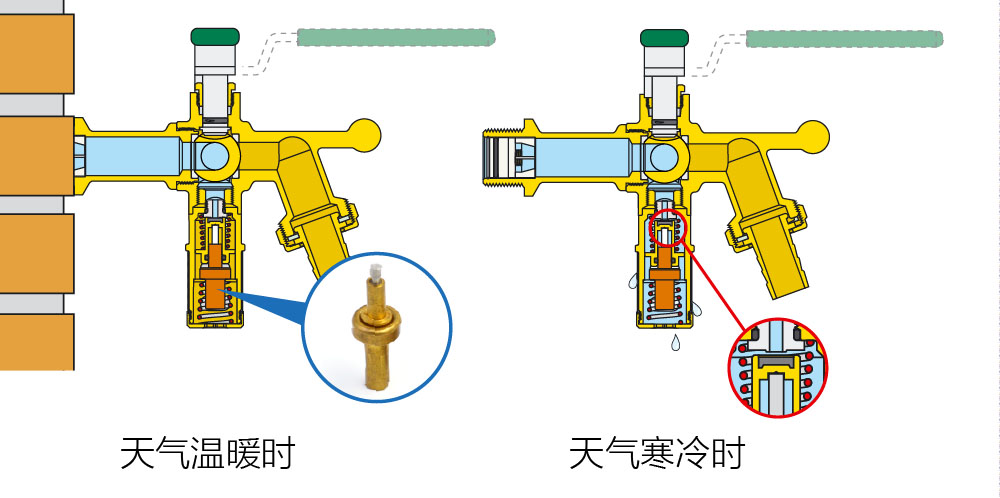RF gain controller 11A9 of DF100A shortwave transmitter is prone to problems in operation, which directly affects the safe broadcasting. Firstly, this paper introduces the working characteristics, working principle and interface definition of automatic gain controller of 1A9, and then studies the scheme of adding equipment Part 1A9 for reference. Increase or decrease the RF gain by controlling the variable resistance on the panel. The change of negative current automatically adjusts the radio frequency level output by the frequency synthesizer. The gate current changes automatically adjust the radio frequency level output by the frequency synthesizer. The characteristic of A9 is to control the RF gain manually and automatically. The circuit is characterized by indirectly changing the RF gain by controlling the DC bias of PIN diode CR1 to change its impedance. It has simple circuit, low interference and easy to realize automatic control. Normally (i.
e. the negative current before the end and the gate current at the high end are all normal), the RF signal voltage output by the frequency synthesizer is input by J1, which is added to the base of Q3 by R14//R21, thermostatic element step-down resistance R15 and coupling capacitor C6, and the DC voltage supplied by 1PS7 by E5 plus 28v. The bias voltage UB generated by R5 and R6 partial voltage is about 1.5V. Static operating point is set and the RF electricity is set. The voltage is amplified by Q3, coupled by C7, added by R11 to the base of Q4, and output by C8 coupling from J2 to relaxation by ejection amplification. In addition, due to the access of the radio frequency attenuator 6R4, U1 and U2 do not work normally, only the equivalent 28V path to the ground via R1, R13 and 6R4, and the base bias voltage of Q1 is generated by the step-down of R13 and 6R4 (both in series). During this process, Q1 is always conducting, and when 6R4 is twisted clockwise, the base bias voltage of Q1 is increased, and the base bias voltage UB of Q1 is increased. Also, the resistance Rce between collector C and emitter e decreases, which makes Q2 amplify a little DC and output DC voltage from L1 and CR1 to ground. At this time, the positive voltage of CR1 is relatively small, so the resistance of CR1 to ground is large, which is equivalent to the shunt of the RF excitation signal voltage from C5 coupled to CR1, which makes most of the RF excitation signal voltage pass through CR1.
Over Q3, Q4 amplified output, so the excitation signal is increased; conversely, when 6R4 counter-clockwise torsion to reduce resistance, the base bias voltage UB of Q1 is also small, raising the base bias voltage of Q2 makes Q2 amplified more, at this time CR1 both ends produce a large voltage drop, so the resistance value of CR1 to the ground becomes smaller, so the RF excitation signal voltage is coupled from C5 to CR1 through CR1. The more shunt, the smaller the RF signal of Q3 and Q4 amplification output, so the excitation signal is reduced. When the high-end gate current is too large or the negative current before the end is too large, abnormalities will occur. When the current is too high, Rce decreases, and C-E is nearly connected at the maximum. This makes the base bias voltage of Q1 much smaller than that of normal, and the base bias of Q2 much smaller.
With the increase of voltage, the Q2 amplification is large, and the voltage drop at both ends of CR1 is larger than that at normal time. The ground resistance of CR1 becomes smaller and tends to zero. The RF excitation signal is shunted by CR1, which makes the output stable or zero (in this case, when the feedback signal current is maximum, it is equivalent to blocking the excitation signal). RF input J1: Frequency synthesizer input RF level signal access J1 interface. Radio Frequency Output J2: Radio Frequency Level Output Signal is connected to a wide input through a radio frequency cable. 1A9-1, 2: The power supply port of AGC is 28V supplied by 1PS7, which provides bias power supply. 1A9-3, 4: The RF gain control potentiometer on the transmitter panel is connected to terminals 3 and 4, and the magnitude of the excitation signal is manually adjusted by adjusting the RF gain control potentiometer. 1A9-5, 6: The high-end gate current sampling signal is taken from the 1PS5TB1-10 access terminal 5, and the high-front negative current sampling signal is taken from the 1PS6TB2-6 access terminal 6 to realize the automatic control of radio frequency gain. In the process of transmitter operation, 1A9 is prone to malfunction, and the phenomena of malfunction are different. Even if it is not used, it has to open the door of the chassis, which directly affects the broadcast security.
Therefore, a simpler scheme is considered to install a backup 1A9 to ensure the transmitter to run more stably. RF Gain Controller Power Port 1 is powered by 1PS7 through 0.
5A insurance. Port 2 is ground end. At one end, a double-throw switch K is used to choose to work with 1A9A or 1A9B. Switch K can be installed on the machine panel. At the same time, a 24V DC relay J is connected to the 1st and 2nd terminals of the 1A9A, and the corresponding 1A9A or 1A9B radio frequency signals are selected by using the normal open and closed contacts of the relay. The 3, 4, 5 and 6 terminals of the two 1A9A are connected separately.

After high voltage and excitation, when the switch K throws a, the 28V of 1PS7 is supplied to the RF gain controller 1A9A to make it work, while the relay J is operated electronically. Its normal open contact NO (which can be connected by two pairs of contacts parallel) is connected, and the normal closed contact NC (which can be connected by two pairs parallel) is disconnected. Thus, the RF signal output by the frequency synthesizer passes through the normal open of the three-way T1 and the relay J. Contact NO is sent to input AJ1 of 1A9A, and the RF signal output from output AJ2 of 1A9A is sent to relaxation through three-way T2. The equipment chooses 1A9A to work. After high voltage and excitation, when switch K throws b, 28V of 1PS7 is supplied to RF gain controller 1A9B to make it work. At the same time, relay J is powerless. Its normal open and close contacts are disconnected, and NC is connected. Thus, the RF signal output by frequency synthesizer is sent to input BJ1, 1A9B of 1A9B through the normal closed contacts of three-way T1 and relay J, from output BJ 1, 1A9B. The radio frequency signal output from the two terminals is sent to the relaxation through the three-way T2, and the equipment chooses 1A9B to work.

A9 is very sensitive to interference signal, so it is necessary to consider interference factors and take effective interference suppression measures when adding equipment. 104 capacitors are connected in parallel at both ends of the package of relay J. This measure can avoid the interference of power supply to 1A9 and ensure the clean power supply. Radio frequency cables with open and closed contacts of docking relays are shielded. The shielding layer of the cable should be connected and grounded when the relay’s open and closed contacts are connected to the radio frequency cable.
In short, through the analysis of RF gain controller 11A9 of HF transmitter, the understanding of the principle and backup scheme of RF gain controller of DF100A HF transmitter is deepened, the maintenance ability of transmitter is improved, and the reliable and stable operation of RF gain controller of HF transmitter is facilitated. The method of adding equipment has provided a lot of convenience for maintenance work and an effective guarantee for the safe, stable and efficient broadcasting of RF gain controller of HF transmitter.
